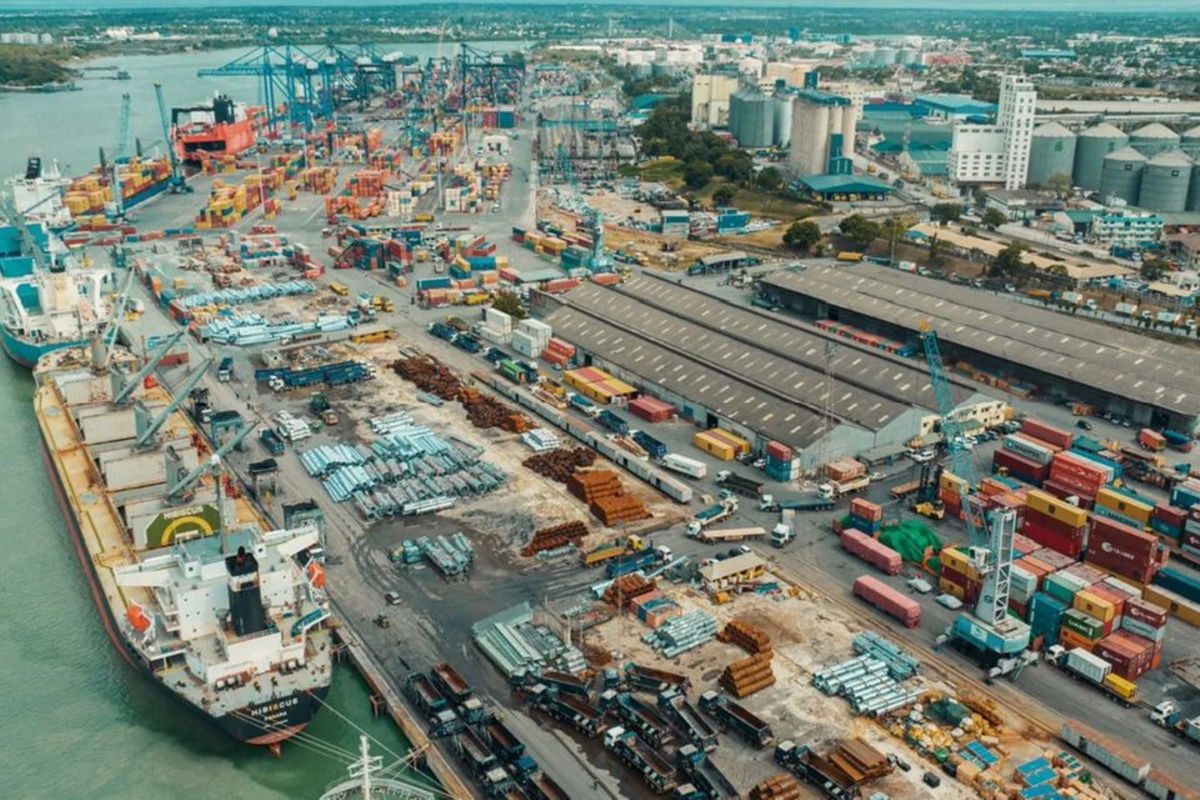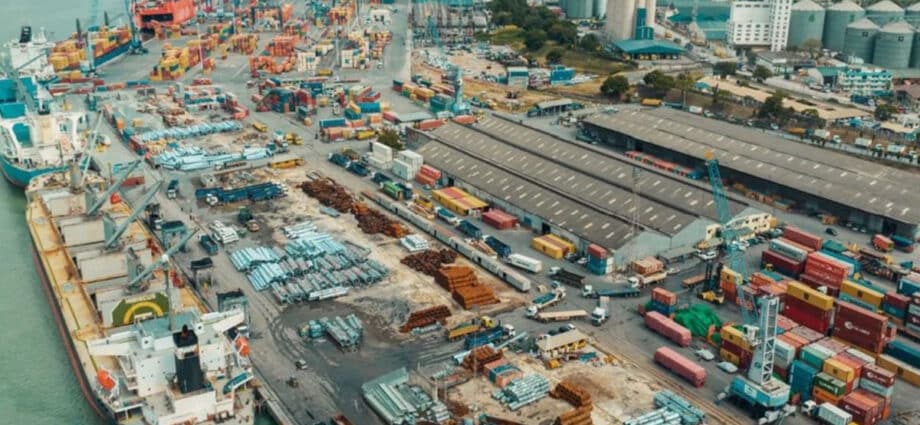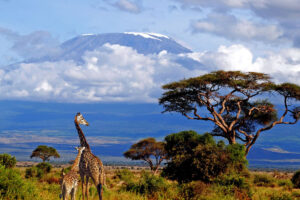
Dar es Salaam. Three of the world’s leading metal giants have expressed interest in using the Dar es Salaam Port as a hub for African trade, citing improved efficiency and productivity at Tanzania’s main sea gateway.
The companies—China Metal Storage and Transport Company (CMST), Mercuria, and their jointly owned subsidiary, Henry Bath & Son Ltd—visited Tanzania at the invitation of DP World and the Tanzania Ports Authority (TPA) to explore potential partnerships.
The TPA’s Acting Deputy Director-General, Dr Baraka Mdima, detailed the delegation to Dar es Salaam and highlighted the port’s potential.
“We hope that your discussions with DP World will be successful. Our terminal operator is performing well, so we expect you to receive all the services you need,” said Dr Mdima.
Speaking during a media briefing at the weekend, DP World Tanzania’s Chief Executive Officer, Mr Martin Jacob, said the visit underscores Dar es Salaam Port’s growing significance in global trade.
He noted that the companies’ interest would benefit the port and its stakeholders by enhancing the logistics chain—not only within Tanzania but also for landlocked countries and consumers across the region.
“This is a clear indication of the confidence the global market has in DP World’s operations at Dar es Salaam Port,” he said.
CMST is a global leader in metal storage, while Mercuria is among the top five global metal trading companies, with an annual turnover exceeding $180 billion and operations spanning five continents—although Africa remains an untapped market for them.
Their London-based subsidiary, Henry Bath & Son Ltd, has a solid track record, including active participation in the London Metals Exchange (LME). The companies now plan to expand into Africa, with Dar es Salaam Port at the centre of their strategy.
Tanzania’s growing appeal as an investment destination has fostered strategic partnerships such as this.
For CMST, this marks its first venture into the African market, where it aims to provide globally tested solutions for mineral trading.
To realise this vision, specialised structures will be required, particularly for mines in the Democratic Republic of the Congo (DRC), to mitigate loading and documentation delays.
CMST currently manages a significant volume of metal trade in China, handling all major minerals for metal production.
Mercuria, having re-entered the metals market in August 2024, is keen to expand in Africa as a key source of raw materials, with China as the primary market.
“With our re-entry into the metals market, this strategic partnership will help us expand our footprint in Africa,” said Mercuria’s Head of Metals and Minerals for Africa, Mr Leo D’Offay. For CMST, Dar es Salaam Port represents a gateway to its African ambitions.
“This is our next strategic location. We currently have no presence here, but we see Dar es Salaam Port as a key hub with growing trade volumes,” said CMST President Mr Wang Haibin.
Henry Bath & Son Ltd’s Chief Executive Officer, Mr Peter Waszkis, expressed optimism about opportunities in Africa.
“We are here to meet key players and explore the best ways to enter this market, particularly in shipping and infrastructure. Dar es Salaam is well-positioned in Sub-Saharan Africa, and we need to be here,” he said.
As these global metal giants consider expansion into Africa, Dar es Salaam Port’s role as a vital trade hub is set to grow, reinforcing Tanzania’s position in the continent’s economic future.














